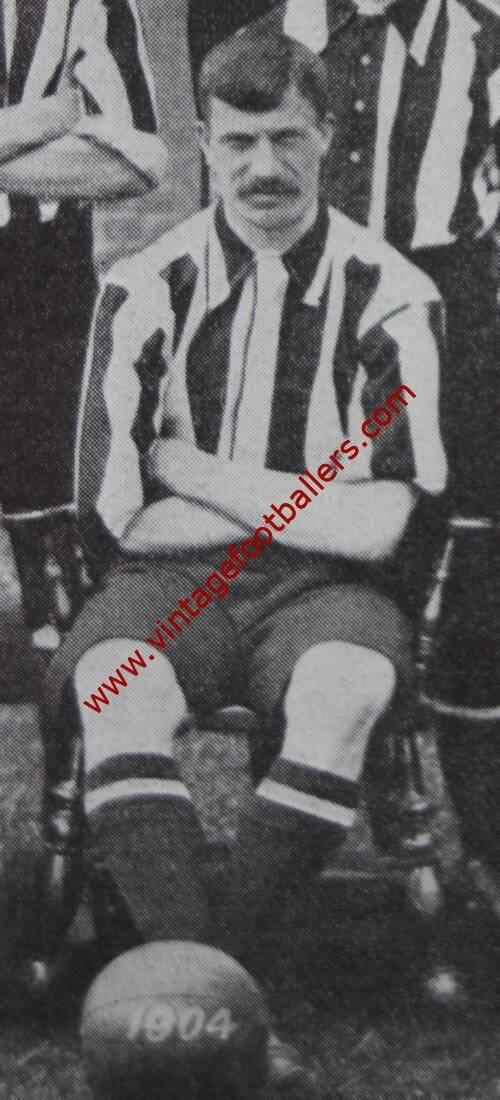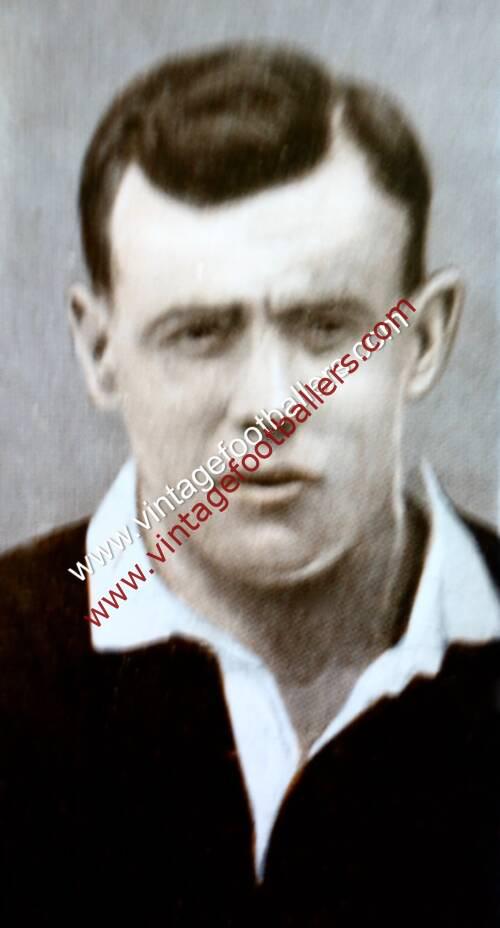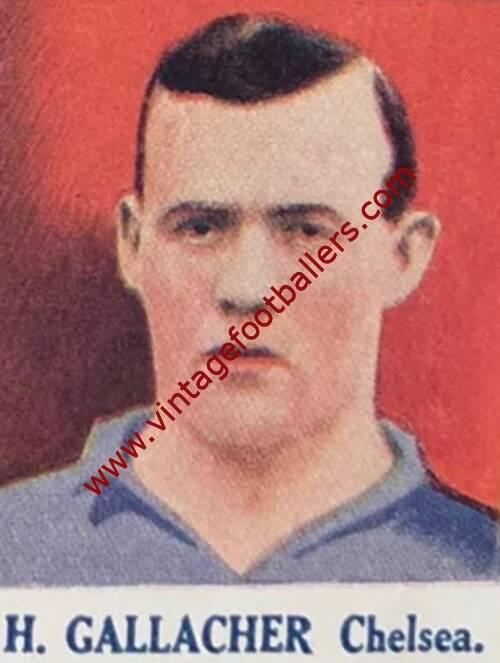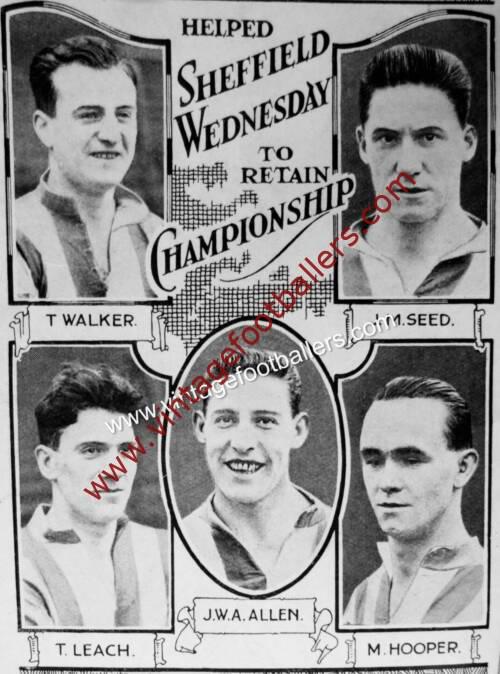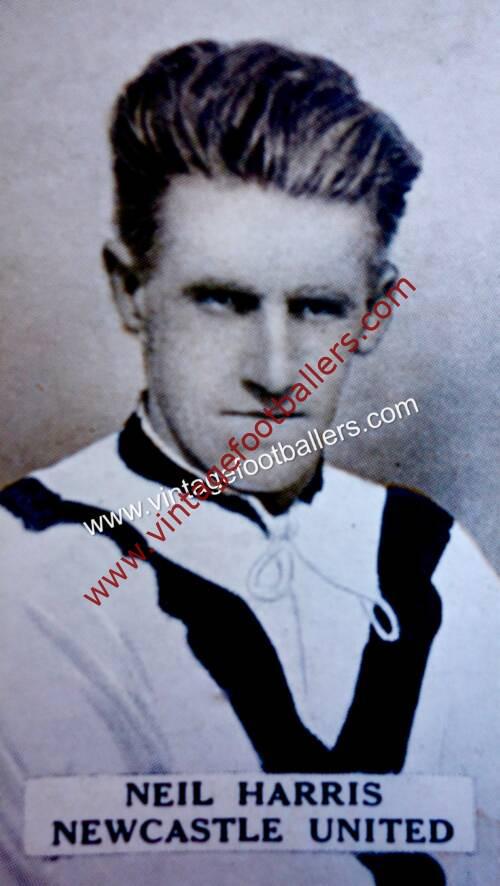Please choose your photo size from the drop down menu below.
If you wish your photo to be framed please select Yes.
Note: 16″x 20″not available in a frame.
Images can also be added to accessories. To order please follow these links
£8.95 – £49.95
Please choose your photo size from the drop down menu below.
If you wish your photo to be framed please select Yes.
Note: 16″x 20″not available in a frame.
Images can also be added to accessories. To order please follow these links
Dumbarton born outside left Jack Fraser began his senior football career with hometown club Dumbarton, where he scored 3 goals in 10 appearances and was part of the team that lost the 1897 Scottish Cup Final 5-1 to Rangers at Hampden Park. While with Dumbarton he earned a representative cap playing for Dumbartonshire against Glasgow in 1897. After then spending the first half of the 1897-98 season with Motherwell where he scored 6 goals in 12 matches, he decided to try his luck in England and joined First Division club Notts County in January 1898, where he made his Football League debut against Sunderland the following month. He remained at County for eighteen months scoring 5 goals in 43 appearances before moving on to Newcastle United in June 1899 where he remained for two seasons, scoring 9 goals in 52 appearances, until he returned to Scotland to join St Mirren in June 1901, where he scored 6 goals in 18 appearances during the 1901-02 season. While with St Mirren Fraser represented The Scottish League in a 3-0 win over The Irish League at Ibrox in February 1902.
By the time he joined Southampton in May 1902 he had clocked up eight years with five different clubs with no conspicuous success. He was signed by Southampton as a replacement for Edgar Chadwick who had moved on to Liverpool after leading The Saints to the 1902 FA Cup final. In an effort to reclaim the Southern League title, Southampton recruited six new players, including fellow Scots Tom Robertson from Liverpool and Mark Bell from Heart of Midlothian.
Fraser scored a hat-trick on his debut against Brentford on 6th September 1902 (with the other goals from fellow débutante Tom Barlow (2) and Harry Wood) and soon became a fixture in the side, missing only a handful of games in the 1902-03 season, including twice giving way to C.B. Fry for his final appearances for the club. On 13th December 1902 he scored four goals as The Saints recorded their joint highest victory margin of 11-0 against Watford.
When he joined Southampton he originally played at centre forward, but he soon switched to inside left where he had his best games and soon became a crowd favourite. Described in Holley & Chalk’s “The Alphabet of the Saints” as “a bulky man” he “found the wing positions more to his liking and presented an awesome sight to defending goalkeepers when cutting inside and bearing down on them in full flight”. Southampton finished Fraser’s first season by taking the Southern League Championship for the fifth time in seven years with Fraser contributing 15 goals.
This success was repeated in the following season, although in February 1904 he lost his place through injury to Fred Mouncher. He was restored to the starting line-up for the 1904-05 season where he continued to dovetail well on the left with George Hedley, but The Saints finished the season in a disappointing third place. Fraser had planned on remaining in Southampton as his intention was to purchase a tobacconist’s business in the town, but the deal fell through and he then accepted excellent terms from Dundee and returned to Scotland after 25 goals in 73 appearances for Southampton.
The return to Scotland paid dividends as he was to gain an international cap for Scotland when he played in a 1-0 victory over Ireland at Celtic Park on 16th March 1907. Fraser also played for both sides in the Home Scots v Anglo-Scots international trial matches. Described as “a splendid dribbler and a great shot”, he went on to become player-coach and he won the Scottish Cup with Dundee in 1910, as they defeated Clyde 2-1 in a second replay at Ibrox Park, hanging up his boots in 1912 after 26 goals in 188 appearances for The Dark Blues. After the First World War Fraser moved back to England in 1919 to work for Chelsea, firstly as a scout. He was later an assistant manager under David Calderhead and Leslie Knighton.
| Weight | N/A |
|---|
